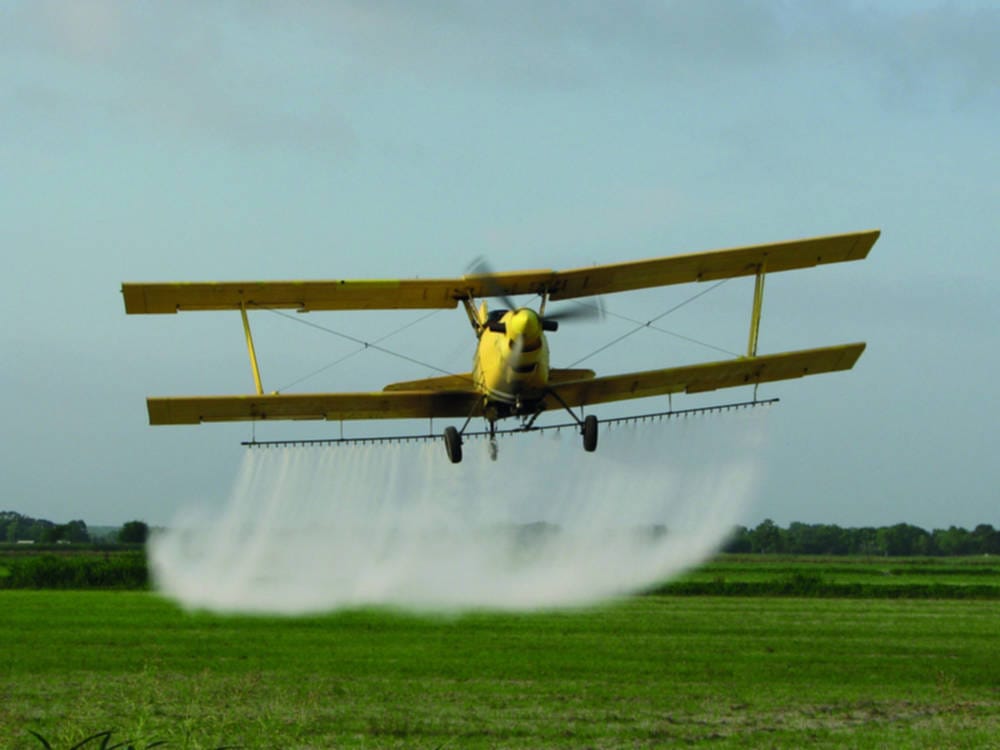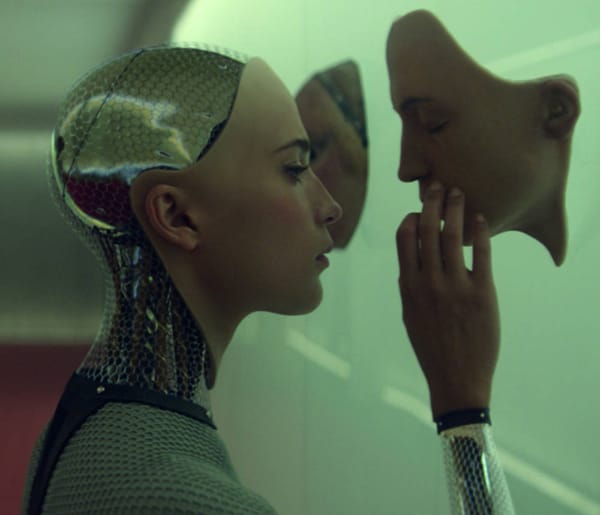You are what you eat – but where does it come from?
Jane Courtnell on the woes of unsustainable agriculture

Fertile Crescent of Western Asia provides the earliest evidence so far of agricultural development; dated to have occurred in this region around 11,000 years ago. This behaviour originated independently at several locations and spread globally.
In the last 50 years, following the “green revolution”, we have seen the intensification of agricultural practice become increasingly more extreme. Running parallel with this is the heightened pressure agriculture places on the environment. The Anthropocene epoch is defined as the period whereby humankind began to significantly impact the Earth’s ecosystems. Tapping into the Earth’s energy supplies by extracting resources; specifically oil, coal and gas, marked the beginning of this new geological era.
These resources, which we are now totally dependent on, have provided us with comforts no previous human generation has experienced such as the surplus supply of food in some regions. This could have perhaps aided the expansions of human populations by almost three times its original size 60 years ago. These are, however, short term amenities, and the provisioning cannot be sustained based on our current methods.
Fields running dry
We strive for continual economic gain thus bad harvests must be prevented. Infertile land has become a distant memory in most industrialised countries. Irrigation has allowed expansion of agricultural land in arid deserts. Fossil water supplies found in the ground deep below these deserts have been overused for irrigation, transforming these deserts into arable land. Plots have been abandoned as the resource is depleted. Saudi Arabia is estimated to have depleted more than 80% of the original 500 cubic kilometres of fossil water present. Transformations of deserts to farmland in Israel has depleted water supplies from the River Jordan, causing the level of the Dead Sea to drop by over one metre per year. These are only a few examples but unfortunately they do not represent exceptions. Agriculture accounts for at least 70% of human water consumption.
Pesticide overuse
The Anthropocene marks a heavy dependence on the utilisation of petrochemicals in agriculture. Petrochemical manufacture is extremely energy intensive; 1.2% of the world’s energy is used to produce fertilisers alone. Expansions of monocultures have provoked surges in pest populations. The use of pesticides has had undesirable impacts on many untargeted organisms. For example organochlorides such as DDT (dichlorodiphenyltrichloroethane) caused crashes in bird populations such as the Peregrine falcon, Turtle Dove and Yellow Wagtail. From 1980-2009, 297 million birds were killed due to the use of organochlorides.
Honey bees, our natural pollinators, are seeing rapid population decline and pesticide overuse has been attributed as a cause of this decline. How can yield be improved or even sustained with the reduction of pollination inherent in the decline in bee populations? Are these pesticides harmful to us humans? Despite the lack of knowledge of the future and existing implications of current agricultural practice, we carry on regardless.
Fertilisers
Fertilisers are another child of the petrochemical revolution. Used to force soils into fertility granting us the opportunity to meet global food demand, they have also caused the global environmental nitrogen supply to double since in the last 50 years. The emission of nitrogen due to excessive fertiliser use causes air and water pollution. N2O makes up 54% of the greenhouse gas emissions from the agricultural sector in the UK.
The potential of this gas to induce global warming is 298 times greater than that of carbon dioxide. Furthermore, fertilisers seep into natural aquatic systems and cause blooms of algae and Cyanobacteria that suck out oxygen from these systems, depleting the oxygen source resulting in the deaths of other respiring organisms. The result is widespread ecosystem damage.
Vegetarianism: the way forward?
The extraction of the natural resources in the Anthropocene epoch has allowed machines to replace men. A single machine running on one litre of oil can parallel the work done by 50 humans in 24 hours. In the United States, about 3 million farmers produce enough grain to feed 2 billion people.
Despite the millions that these yield increases have the potential to feed, there are still 805 million people malnourished in the world today, according to the World Food Programme. Our gluttonous desires place huge demand on energy inefficient foods such as meat. The majority of grain produced is used for livestock, reducing the resources for nourishing people. With the absence of meat consumption it is estimated that an additional billion people could be fed.
It is not economically viable to grow crops to feed animals for later consumption by humans, effectively wasting about 90% of the energy through this additional step in the food chain. 70% of the grain we produce is used to feed livestock. Of this grain 16 times more is consumed by cattle compared to the meat that they provide.
It is effectively a food factory working in reverse. Energy is required to process livestock, despite the energy that has already been used to process the grain that they eat. Nonetheless, the global demand for meat is increasing, especially in developing countries. Consumption of meat in China for example has quadrupled in the last 30 years. In the US, the average person consumes 50% more protein than the daily recommended allowance. The consequence is that crops are used to feed livestock and not humans. How can this be justified when hunger kills more people every year than Aids, Malaria and Tuberculosis combined?
The energy inefficiency of livestock consumption is not its only undesirable trait. Staggering amounts of water are required for livestock production. 13,000 litres of water are used to produce 1 kg of beef, compared to 100 litres used to produce 1 kg of potatoes.
In addition, livestock production is exhaustive of huge areas of land. 94% more land is required to produce livestock than for crop production. This means more pesticide and fertiliser used compared to merely farming crops for direct human consumption. The amount of energy needed to raise livestock, to produce petrochemicals as well as for storage and transportation makes “cows more damaging than cars” in terms of our global footprint; says the Head of Intergovernmental Panel on Climate Change.
Monocultures – dull and dangerous
By creating monocultures of domesticated plants and animals we are pushing out biodiversity created by millions of years of evolution for our own ends. With denial and absence of action will only come starvation and the currently practiced agricultural methods cannot be sustained.
However pessimism does not allow development. Things can and are being done. Wheat crop plants are being genetically engineered, for instance, so that they are able to fix nitrogen, making fertilisers unnecessary. Biological means of pest control can be a sustainable alternative and tighter regulations on pesticides are being issued.
Reduction in meat production will significantly increase agricultural sustainability. Alternative protein sources such as legumes and chickpeas can provide a good meat substitute and many more are being developed. Even a small reduction in the amount of meat consumed by individuals will have long lasting beneficial effects making agriculture more sustainable. Less land would be required for the same net energy gain, which would lead to a reduction in greenhouse gas emissions and water use, as well as a greater percentage of the valuable nutrients being used directly for human consumption.
Food for thought
Thomas Robert Malthus prophesied famine as population increase outstripped food supply in the 17th century. This has not yet become reality as Malthus did not foresee the increase in yields due to technological advancement. But how much longer will the earth be able to provide subsistence for mankind if we are not willing to compromise?
No matter how far apart we believe we can set ourselves from nature, our reliance on it cannot be disputed. Rather than disrupting nature’s balance, agriculture needs to be integrated within it allowing for sustainability and to feed an ever increasing population.










